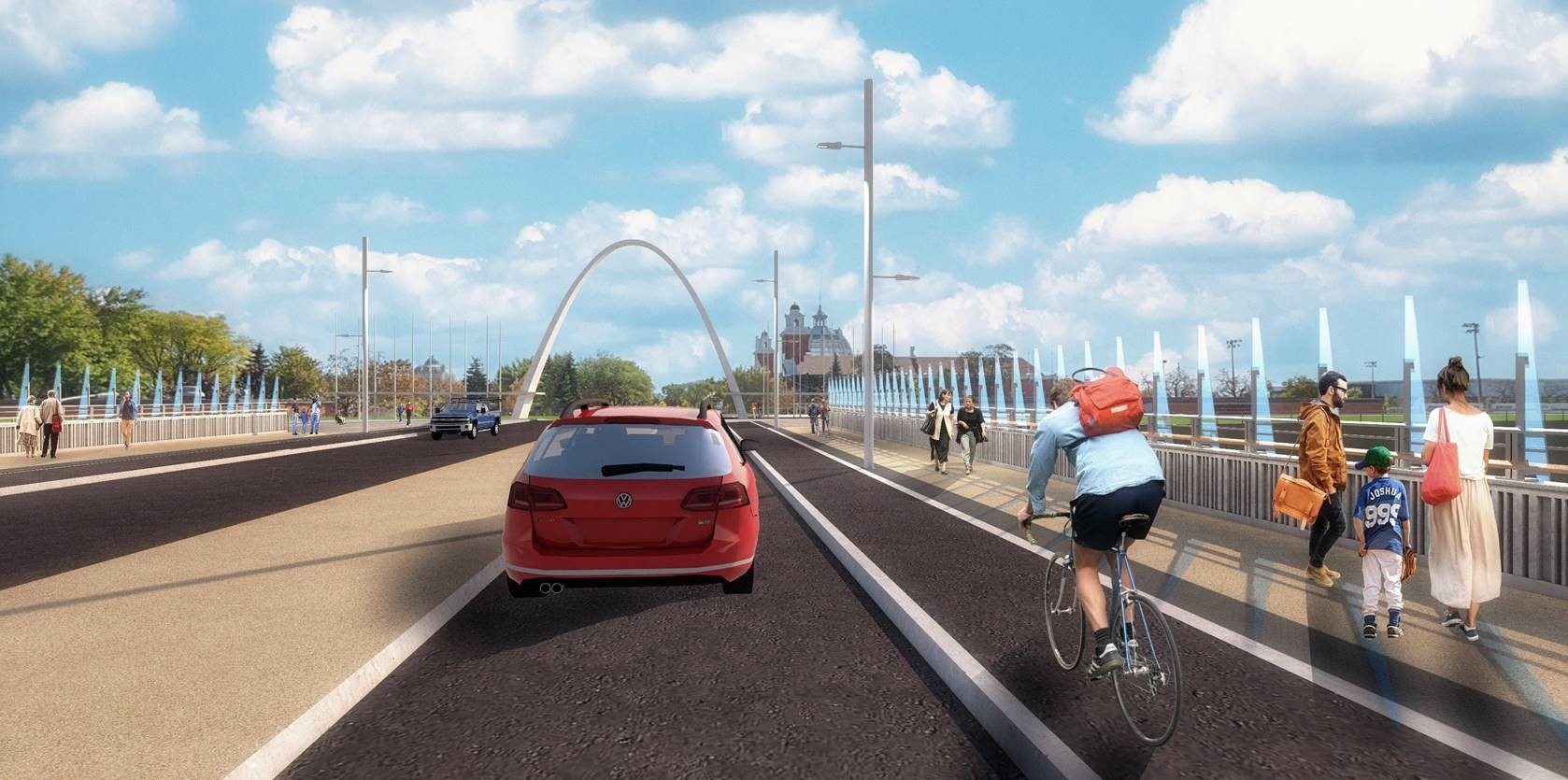Reecemartin
Active Member
Toronto is in a rare and fortunate position where there are no tunnels needed at all because there are no stranded sections of the system that stop at different downtown terminals. The central corridor through Union is sufficiently wide to be able to fit all of the existing services.
Attempting to branch the Lakeshore GO lines within Toronto adds a needless level of complication that just needs to get entangled later. I'm not going to pretend to know whether it is better to electrify one line at a time or starting from Union and proceeding outwards, but rather than have separate all-electric and all-diesel services, we should really be getting dual-mode locomotives when electrification begins. But that's a fair ways off.
To me, what's defined as a "solid project" is one that is quantifiable and gets the system closer to a built-out, reliable, electrified system. Those solid projects are things like grade separations, double tracking, and utility relocations that have tangible benefits now. Electrifying the Lakeshore line from Oakville to Whitby will be a solid project soon, and then Kitchener, Barrie, and Stouffville can be "hooked in" over time.
Just want to put it out there that long term we may well want some tunnels. I can see two major good reasons and one bad one:
1) Toronto has unbalanced rail lines. We have 3 lines (all day service) west of downtown and 2 to the east, Milton would make that 4 and 2, and worse still, Lakeshore West and Kitchener have express tracks, so long term (a few decades from now) as we run more and more trains we may well want a solution that allows us to turn trains around without just terminating them at Union - which will also have capacity constraints. One solution could be extending some services beyond Union to new stations east of downtown (I don't hate the idea new terminating platforms across the Don from East Harbour connected with some new ped bridges). Or alternatively we could do what Sydney did over half a century ago and build some sort of loop (yes like a giant underground streetcar loop in principle) that lets trains enter and leave downtown without the driver changing what side of the train they are in. One route might go up to say College and send trains back out west at Union, another (I like this a lot) might go up Bay Street and send trains west on the midtown line, where they could be routed to Milton or Kitchener (these would be frequent electric trains so they probably wouldn't actually go to the ends of the lines).
A loop especially up Bay would be amazing. You extend downtown northwest (the Annex really would need to densify), you reduce crowding at Union and on the Yonge line, and you open up true rapid transit service on at least a small part of the midtown line, reducing congestion on a short section of the Bloor Line as well.
2) There is another issue, Toronto still has a limited downtown subway network (only 2-3 lines) that may not have sufficient capacity to distribute passengers throughout the core. It may be advantageous to build a new east west subway with a small number of stations that would act as a through route for electric trains on the GO network - relieve congestion at Union (since these would be shorter (length and height) electric trains you could build this at prices not too different from a regular subway). College or Dundas seems attractive since they are far enough from the Ontario line and have some major trip generators.
3) BAD REASON
The last reason I could see us doing a tunnel is in the silly but not totally unforeseeable situation that the USRC / trainshed has constraint that makes overhead electrification or modern service impossible (in Metrolinx' eyes) and so then the only solution they see as viable is a new tunnel (imagine putting more tracks under the USRC which already has more cross city tracks than the Paris RER).







